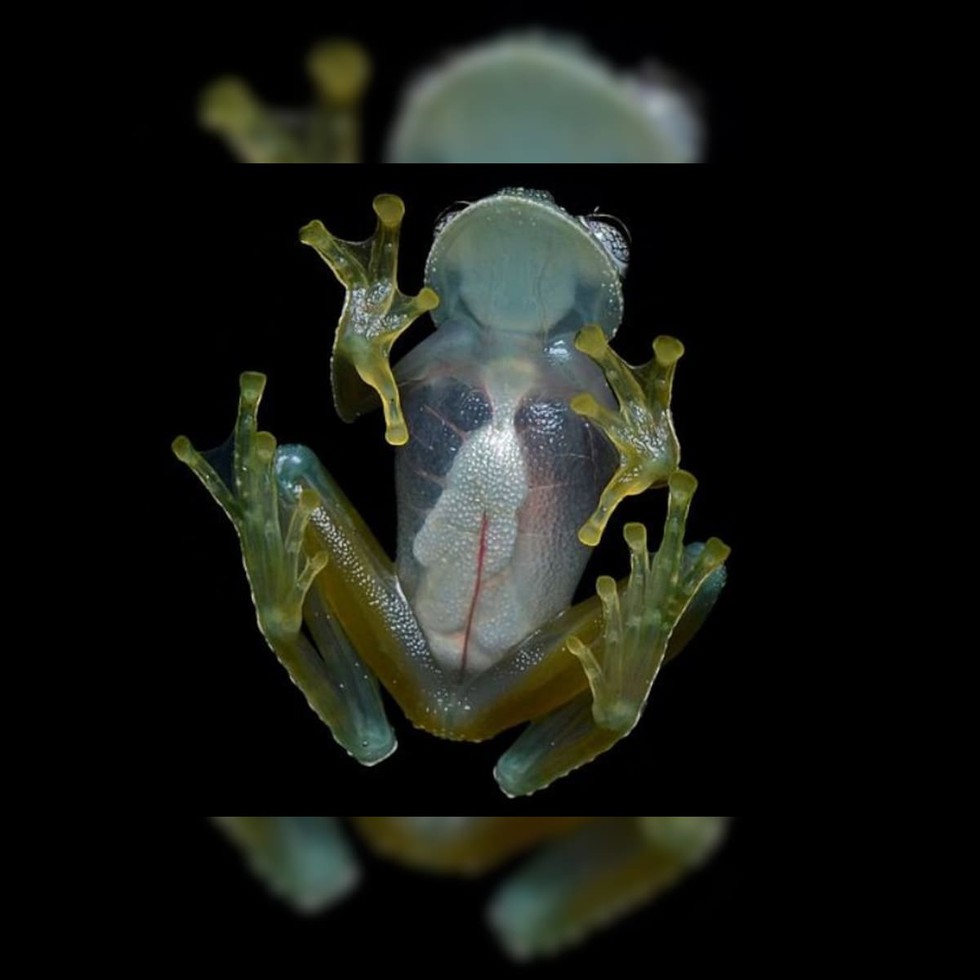About:
- Glassfrogs live in the American tropics and are nocturnal amphibians that spend their days sleeping upside down on translucent leaves that match the colour of their backs — a common camouflage tactic.
- Their translucent skin and muscle allow their bones and organs to be visible – hence the name.
- Recent research has proposed that this adaptation masks the frogs’ outlines on their leafy perches, making them harder for predators to spot.
How do some animals become transparent?
- Transparency is a common form of camouflage among animals that live in water, but rare on land.
- In vertebrates, attaining transparency is difficult because their circulatory system is full of red blood cells that interact with light. Studies have shown that ice fish and larval eels achieve transparency by not producing haemoglobin and red blood cells.
- Glassfrogs use an alternative strategy. Resting glassfrogs increase transparency two- to threefold by removing nearly 90 percent of their red blood cells from circulation and packing them within their liver, which contains reflective guanine crystals.
- Whenever the frogs need to become active again, they bring the red blood cells back into the blood, which gives the frogs the ability to move around -- at which point, light absorption from these cells breaks transparency.
